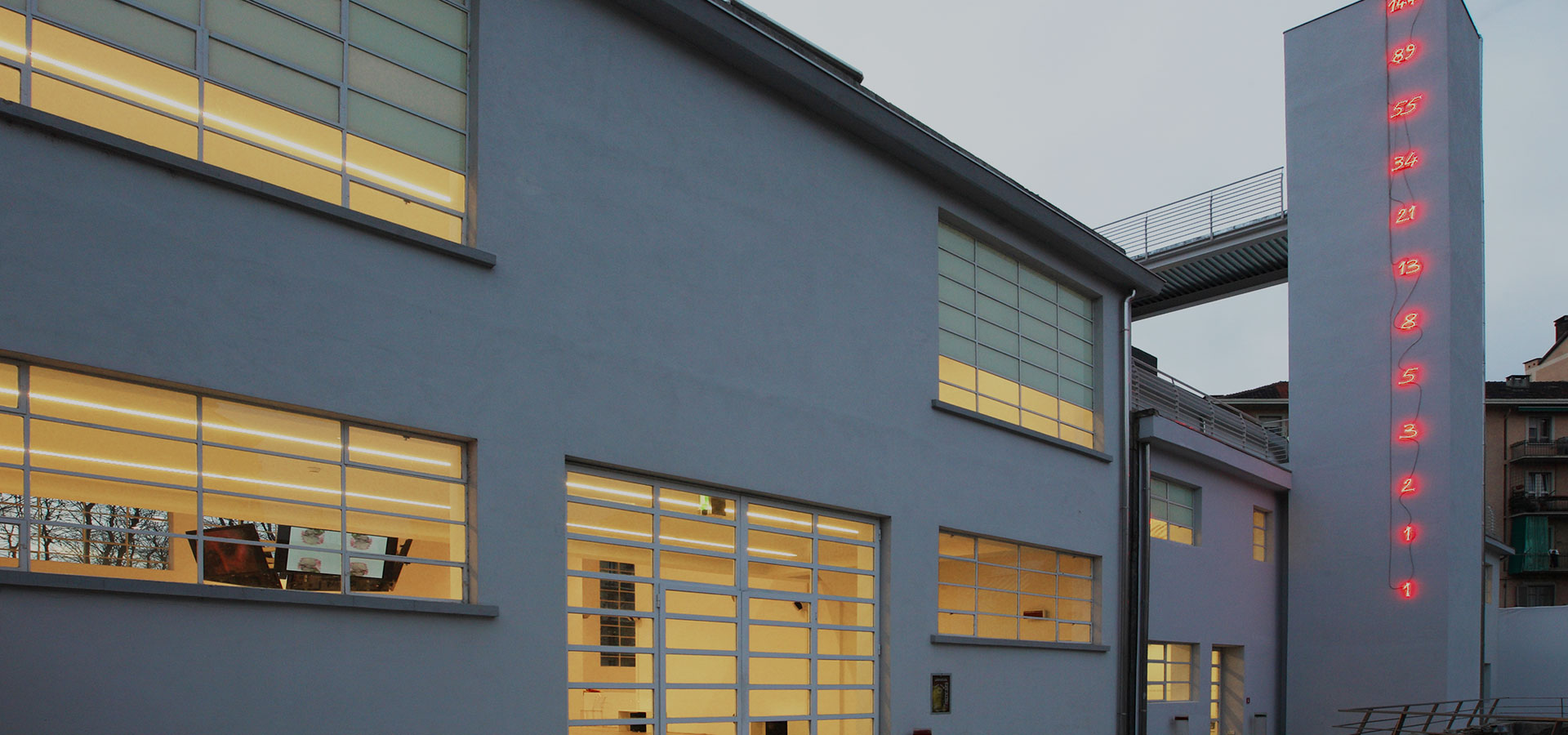The Contemporary Art Venues contained in the platform are organized according to a typology which has identified ten possible groupings of Venues, ten types illustrated below. Each category of Venues corresponds to a different color, also highlighted in the map.
The choice of categories responds to the need to provide a more specific orientation system than simple geographical identification. The identification of the categories took into account various aspects of the classified realities: legal profile, objectives, methods of approach to contemporary themes, variety of works, typology of spaces, exhibition criteria. The typological distinction is based on the main identity element considered from time to time to characterize each individual contemporary place.
The classification, of course, is constantly evolving following the expansion of the platform through the self-nomination of new spaces, using the form Become Luogo del contemporaneo.
Artworks in public spaces
It is a selection of permanent works of contemporary art conceived for public space, interpreted as place of collective activity and social exchange, outside traditional exhibition contexts. The works presented in this section, including curatorial projects, are all geolocalized and were realized throughout the Country from 1949 to the present day, with the aim to improve urban space, landscape and cultural heritage, by encouraging free, public and critical use. This selection is complementary to the one already published in the Duepercento site..
Associations
The associations identified are spaces created by groups of people with common goals and means. The main activity, among all others consists of supporting contemporary arts and creativity. Associations promoting events in places other than their own are not included on this platform.
Collections
Collections are public or private spaces that own various pieces of art and are created for a precise collection purpose. The role of the creator, who wanted a collection in a certain place rather than somewhere else, is indeed crucial to expressing a particular sense of homogeneity that is proper to each collection and renders it unique. Very often the name of the collection refers to the name of its creator.
Company Museums
These museums testify to the production, cultural and planning journey of the company they are connected to. The main goal of these museums is to enhance and promote corporate identity. The Venues selected here will not represent this type of museums as a whole, but only the ones characterized by a particular focus on contemporary art in all its forms, conceived as the key element for enhancing their own identity.
Exhibition venues
Spaces where exhibitions of contemporary art are the main activity. They do not always own collections and host temporary exhibitions for the most part.
Foreign institutions
These are institutes connected to their own home country, but operating in our territory to support and enhance contemporary art through exhibitions and other forms of promotion.
Foundations
The foundations listed here are private non-profit entities equipped with their own exhibition space and/or collection. Their main goal is to promote and enhance contemporary art. They support the production and dissemination of contemporary culture through various initiatives.
Independent spaces
Emerging non-profit entities, born away from institutions or markets and operating to promote and support the dynamics outside the official circuits. The aim is to stimulate lively debates on contemporary culture. The number of independent spaces is increasing. They finance themselves by means of events and exhibitions.
Museums
Historical, institutional places, either public or private, owning a collection of their own, yet accessible to everybody. In this category there are all the Venues in which museal activity dominates the others, for instance, in the case of museums managed by foundations.
Parks and gardens
These are outdoor places that can host exhibitions whose characterising element is the relationship between works of art and their context (parks, gardens, urban open spaces, etc.).
